Hamburg really earns its nickname, the “Gateway to the World,” thanks to its lively port and deep ties to the sea. Whenever I wander the city, old warehouses, winding canals, and bustling shipyards surround me, each spot whispering stories of trade, travel, and adventure.
It’s easy to spot the mix of history and modern life here. Speicherstadt’s red-brick charm sits right next to shiny new harbor buildings—what a contrast.
Hamburg’s maritime soul is everywhere. The energy drifts along the Elbe River, past noisy markets, and into cozy cafés perched by the water.
Every corner seems shaped by shipping history, making this a place where past and present just sort of blend together.
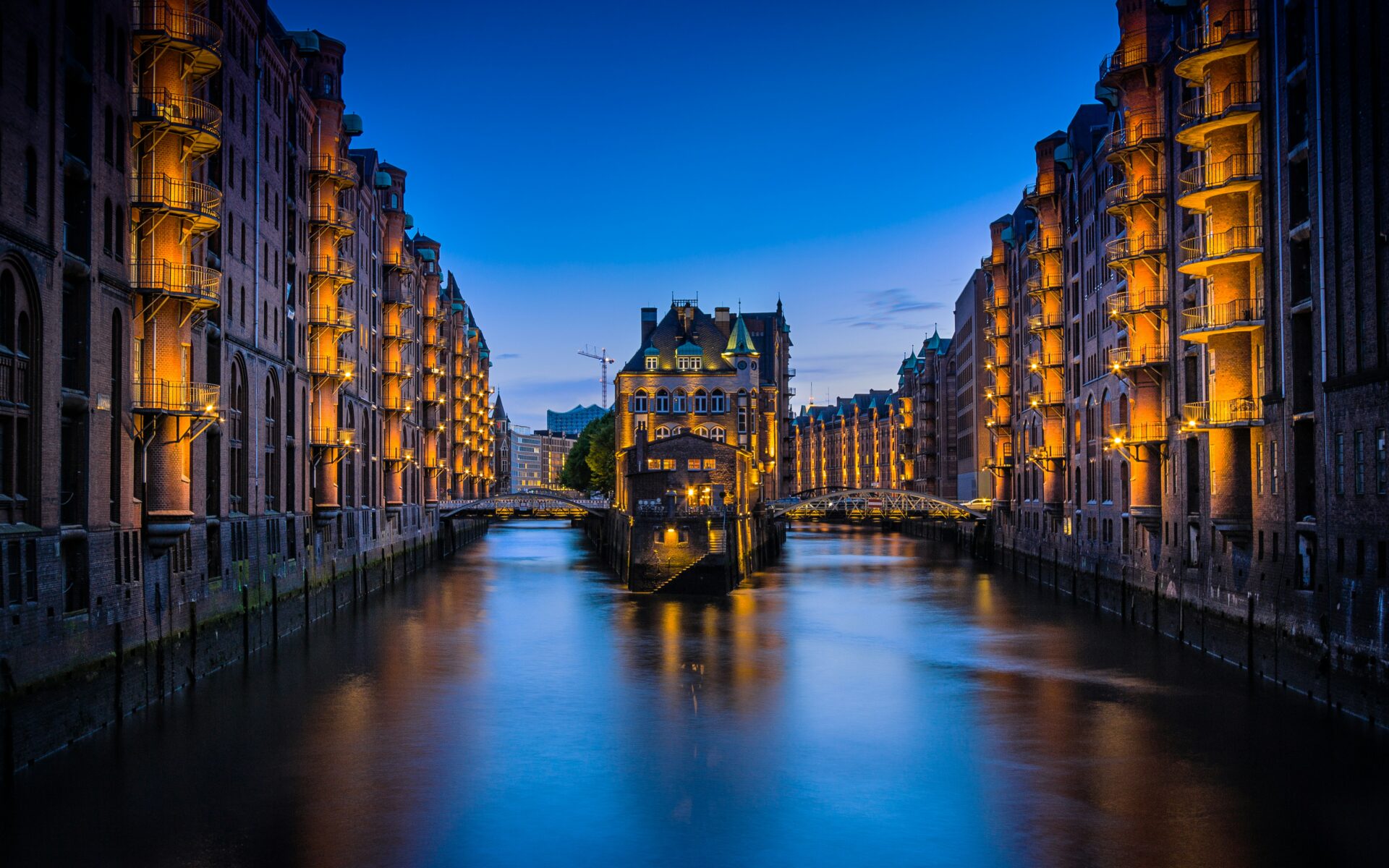
Hamburg’s Maritime Heritage and Gateway Role
The sea, trade, and a spirit of connection have shaped Hamburg’s identity. You can see it in the port, the city’s Hanseatic League roots, and UNESCO sites that make it clear why Hamburg stands as “Germany’s Gateway to the World.”
Port City’s Historical Significance
Spending time in Hamburg, I noticed just how much the harbor helped the city thrive. They established the port back in the 12th century, and it grew into one of Europe’s busiest trading hubs.
Hamburg’s spot on the Elbe River connected inland Europe to the North Sea. The port fueled Hamburg’s rise as an economic powerhouse.
By the 19th century, it had become a leading European port, moving goods like coffee, spices, and machinery. Today, massive cranes and cargo ships crowd the harbor, showing off how Hamburg’s maritime roots still drive its future.
Key facts about the Port of Hamburg:
| Feature | Description |
|---|---|
| Location | Along the Elbe River |
| Founded | 12th century |
| Modern Ranking | 2nd or 3rd largest port in Europe |
| Nickname | Germany’s Gateway to the World |
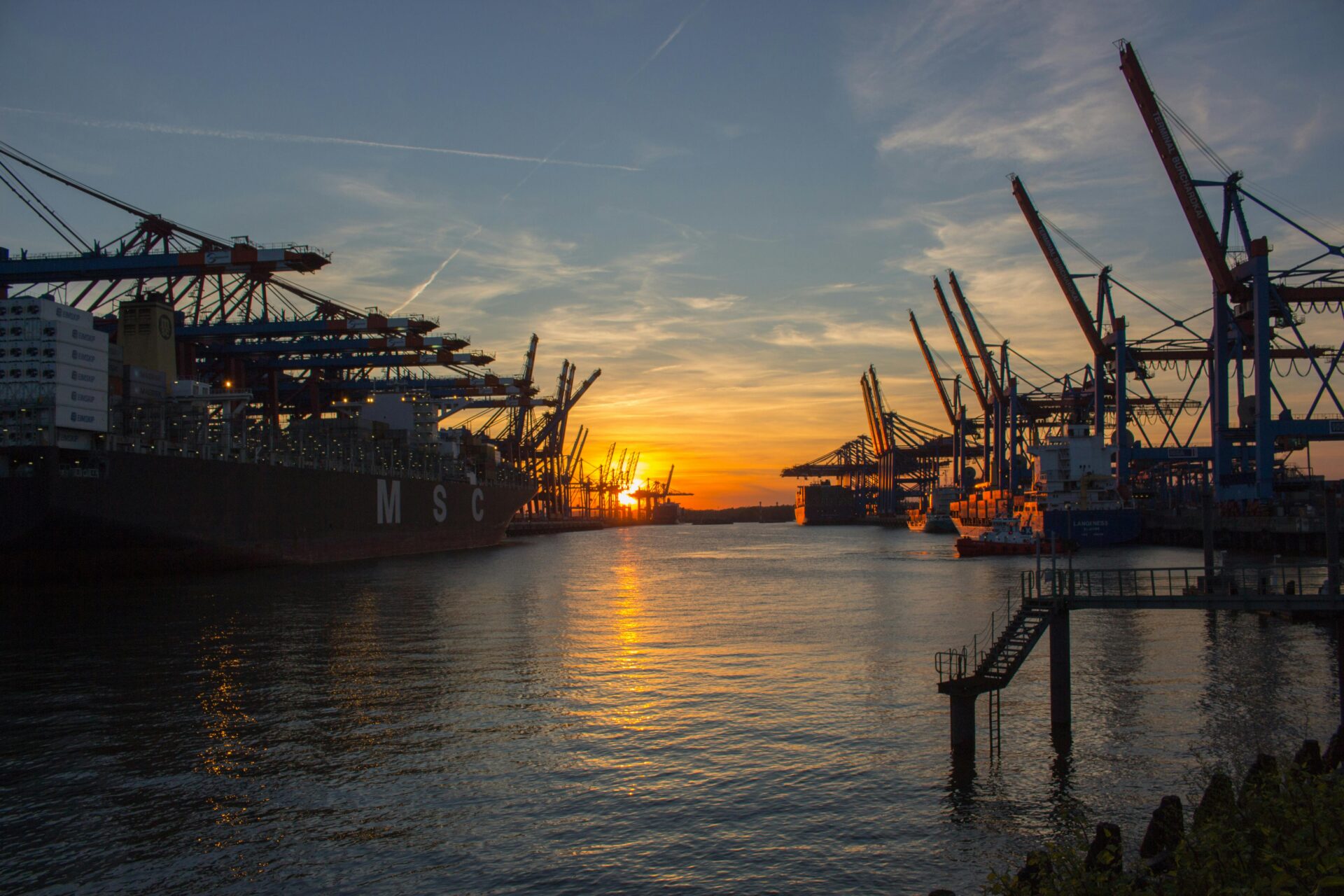
The Hanseatic League Legacy
Hamburg owes so much of its early success to the Hanseatic League. This network of merchant cities across northern Europe let Hamburg trade goods securely and efficiently.
I found it fascinating how the city developed a tradition of self-governance under Hanseatic rules. Freed from many royal taxes and restrictions, Hamburg’s merchant class became strong and influential.
The Hanseatic League left its fingerprints on the city’s government and independent spirit. Hanseatic buildings still stand, showing off medieval wealth.
Being an old Hanseatic city, Hamburg joined a group that shaped trade and politics way beyond Germany’s borders.
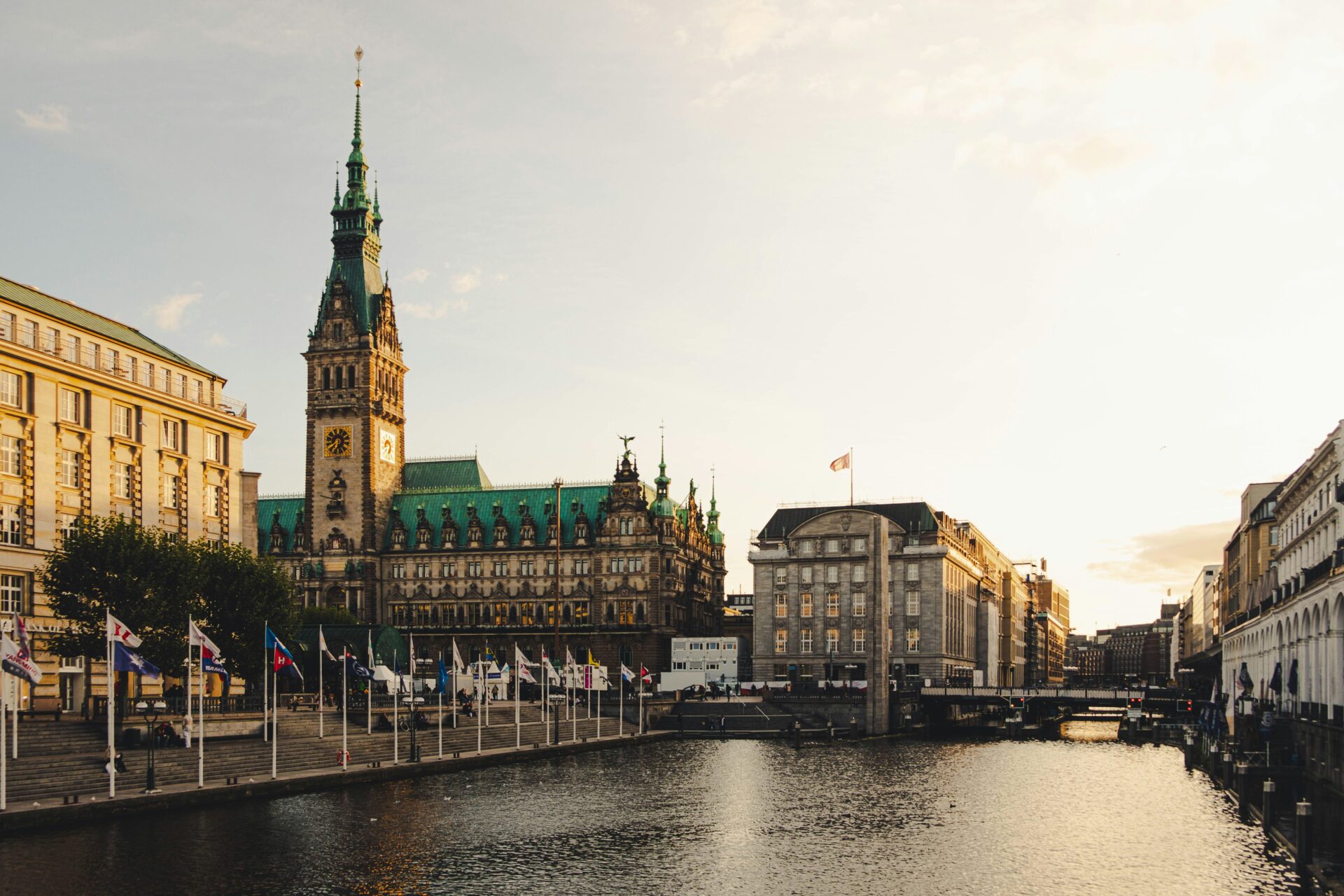
Maritime Traditions and Events
Maritime traditions run deep in Hamburg. The city throws a massive party for its port’s birthday—Hafengeburtstag—which is one of the world’s biggest harbor festivals.
Watching both old sailing ships and modern vessels parade down the Elbe during this celebration always leaves an impression.
Key features of Hafengeburtstag:
- Parade of historic and modern ships
- Live music and street food by the water
- Family-friendly events along the harbor
Local customs, like ship blessings, keep maritime culture alive. Museums and boat tours invite everyone to appreciate Hamburg’s long relationship with the sea.
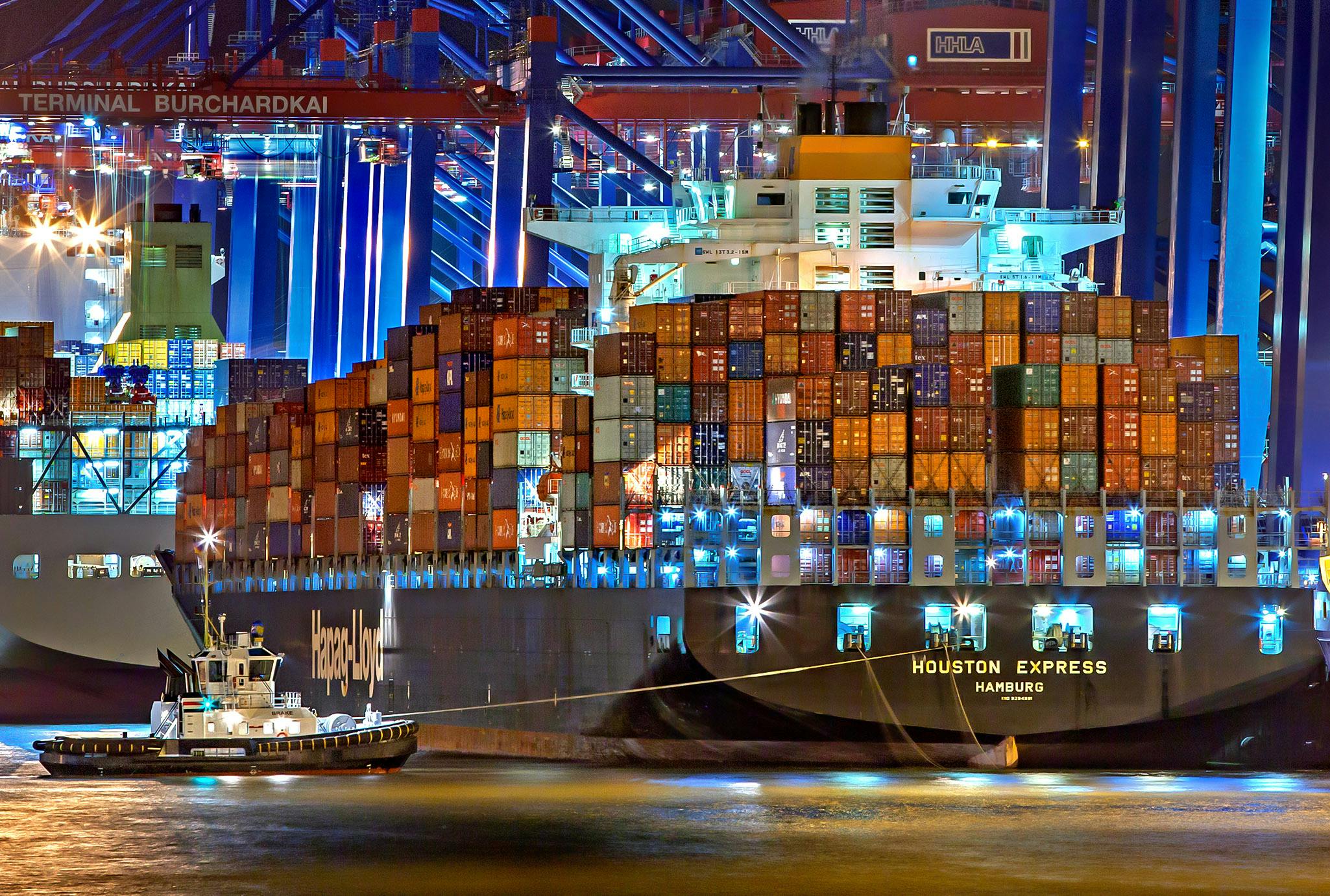
UNESCO World Heritage Sites
One of the highlights of Hamburg’s maritime story has to be the Speicherstadt and Kontorhaus District. These warehouse complexes, with their iconic red-brick architecture and winding canals, are UNESCO World Heritage Sites.
Walking through here, I always notice how the warehouses sit right above the water, letting ships unload goods straight into storage. They played a big role in coffee, tea, and spice trading.
The nearby Kontorhaus District is packed with early 20th-century office buildings, famous for their modern design and importance in Hamburg’s trading history. These places really show off Hamburg’s global connections and its status as a major “Gateway to the World.”

Exploring Hamburg’s Canals, Warehouses, and Iconic Landmarks
Hamburg serves up a cool mix of old and new. The city’s canals, historic warehouses, and eye-catching landmarks make every walk feel like a journey through time and design.
Historic Warehouse District and Speicherstadt
Wandering through Speicherstadt, I’m surrounded by rows of tall, red-brick buildings. These warehouses once stored coffee, spices, and carpets from all over the globe.
Canals slice between the warehouses, reflecting the buildings on the water. At night, lights glow on the architecture, giving the district a peaceful, almost magical vibe.
Bridges crisscross the canals, letting me see the area from all sorts of angles. Some warehouses now hold attractions and museums.
The International Maritime Museum stands out, packed with exhibits that dive into the story of shipping in Hamburg and beyond. Walking these streets, you really get a sense of the city’s booming trade past.

Hafencity and the Elbphilharmonie
Right next to Speicherstadt, Hafencity blends new design with Hamburg’s shipping roots. Modern glass and steel buildings line the streets, and canals are dotted with cafés.
The Elbphilharmonie steals the show here—a concert hall perched atop an old warehouse, with a wave-like glass roof that stands out against the sky.
The public plaza on top gives wide-open views of the port, River Elbe, and city skyline. I often stop in Hafencity just to watch ships glide across the harbor.
It’s a lively spot with art spaces, restaurants, and paths perfect for walking or cycling. The mix of old docks and new buildings feels fresh, but it’s all rooted in Hamburg’s long maritime story.
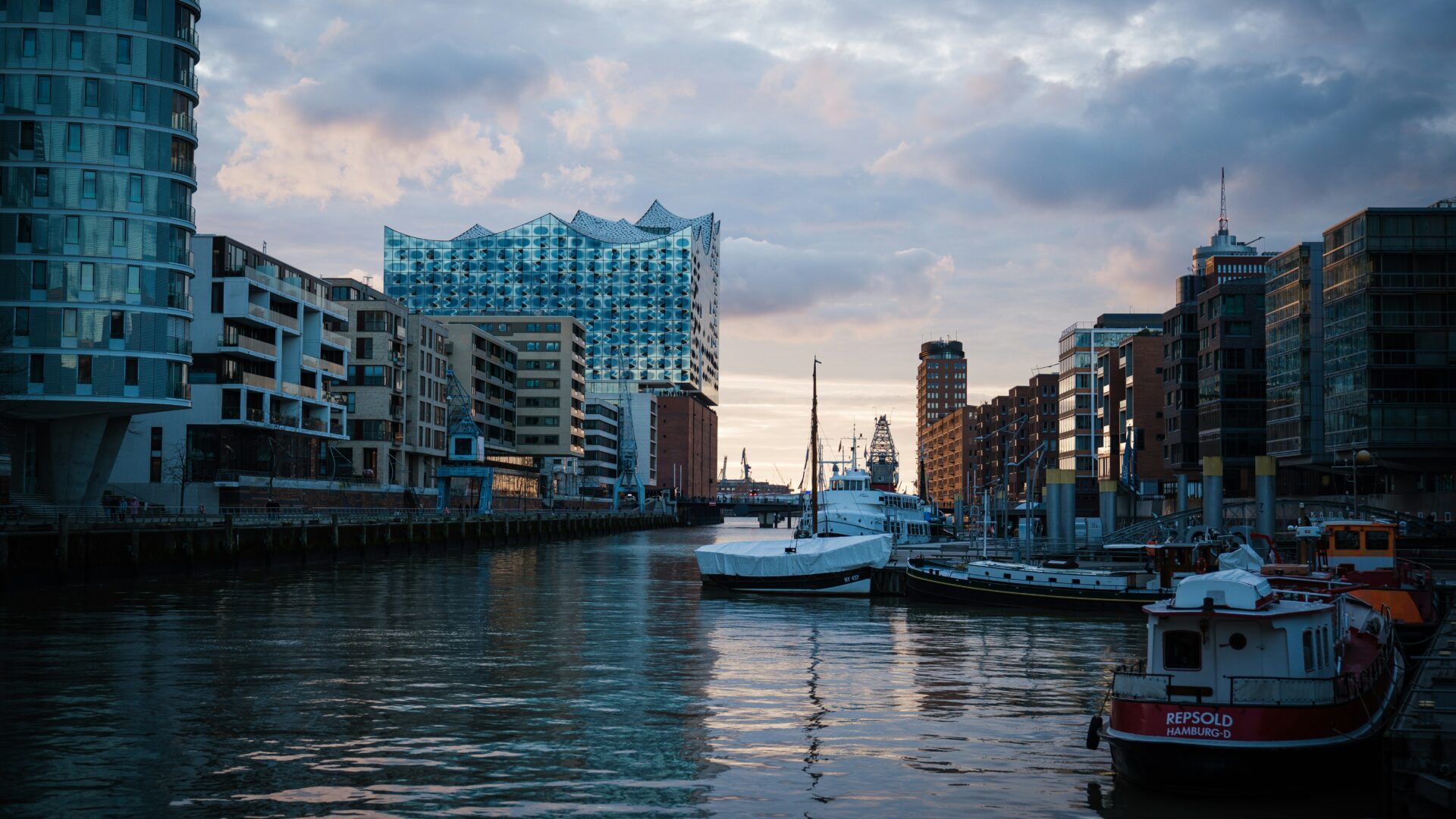
Miniatur Wunderland Experience
Inside one of Speicherstadt’s red-brick buildings, I stumbled into Miniatur Wunderland. This huge model railway world covers several countries and landscapes, all crafted in crazy detail.
Trains zip over bridges and through tiny towns, mountains, and even airports. The sections show Germany, Scandinavia, and a miniature United States.
I lost track of time watching planes land, boats drift along model rivers, and cities light up as day turned to night. Families, hobbyists, and first-timers all seem drawn in by the creativity.
There are hidden jokes and surprises tucked everywhere. Miniatur Wunderland adds a playful twist to Hamburg’s warehouse district and draws millions of visitors every year.
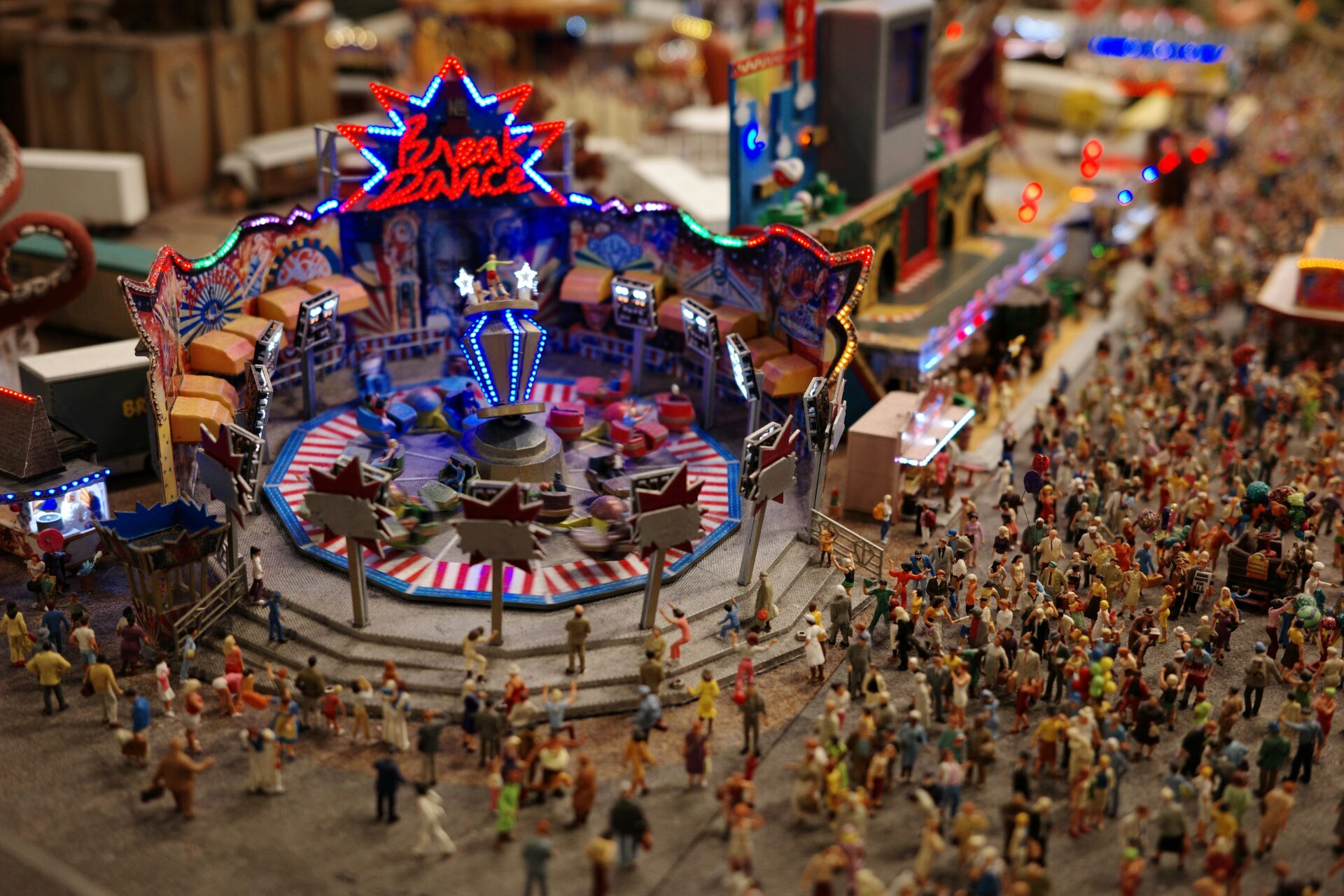
Landungsbrücken and the Harbor Promenade
Down by the Elbe, Landungsbrücken stretches out with floating docks and big views of the harbor. Ferries, cruise ships, and cargo vessels come and go nonstop.
The sounds of water and seagulls always remind me I’m at the “Gateway to the World.” I love strolling the harbor promenade, where food stands tempt me with fresh fish sandwiches.
Guided harbor tours leave from here, gliding past giant container ships and old warehouses. Landungsbrücken really shows off the scale of Hamburg’s port and how the river shapes daily life.
You can even reach the old tunnel under the Elbe from here—it’s over 100 years old. Exploring Landungsbrücken gives a real feel for Hamburg’s busy maritime spirit and global connections.
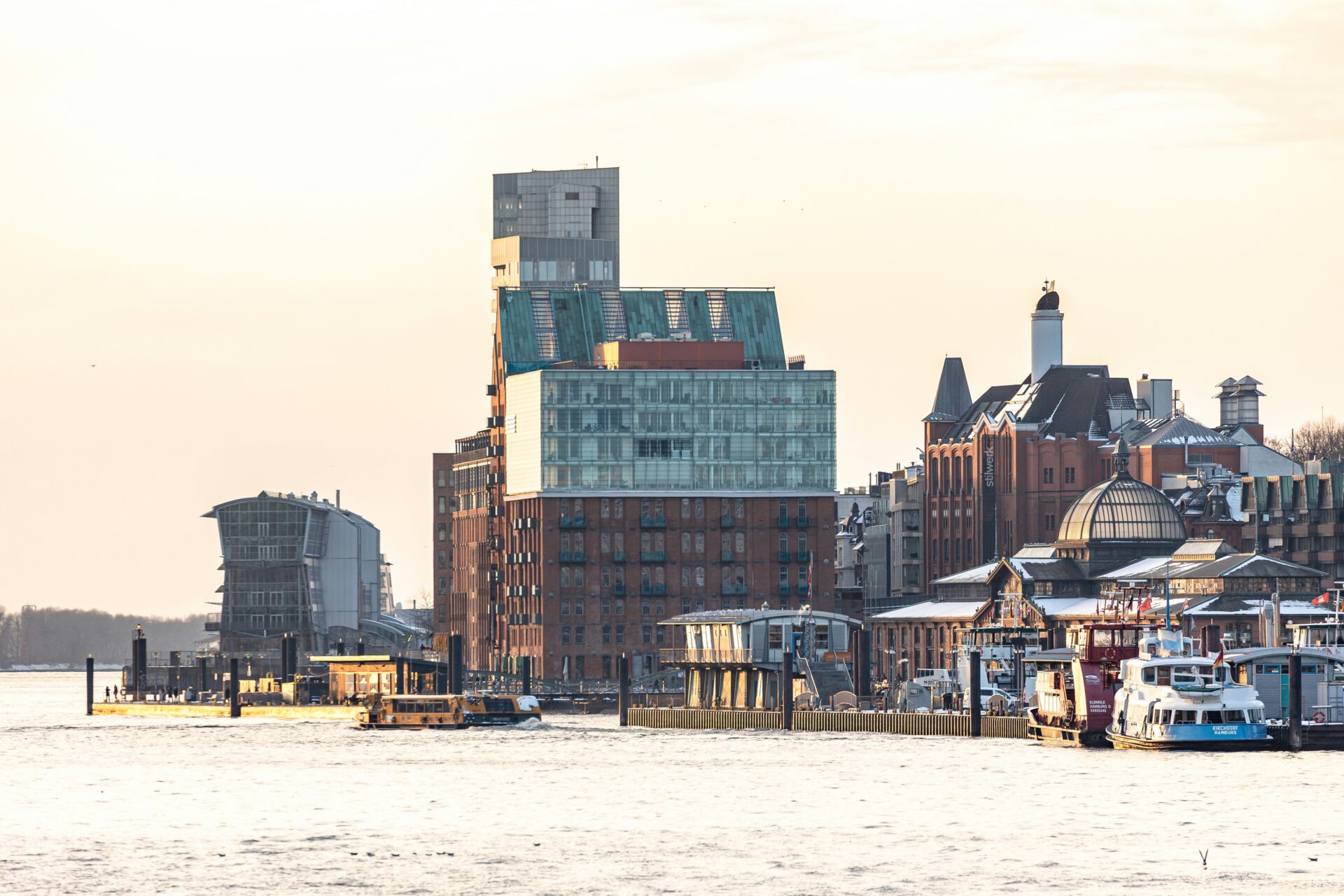
The Soul of Hamburg: Districts, Culture, and Nightlife
Hamburg’s energy shines in its historic neighborhoods, cool hangouts, and lively social scene. Exploring these spots gives a real taste of how the city lives, celebrates, and stays true to its roots.
St. Pauli and the Reeperbahn
St. Pauli buzzes at all hours. The Reeperbahn, Hamburg’s nightlife heart, is packed with clubs, bars, and music venues.
Theaters, cabarets, and quirky museums sit side by side here. At night, neon lights flicker and crowds fill the sidewalks.
The district is home to FC St. Pauli, a football club with die-hard fans and a strong sense of community. Between concerts, street art, and lively pubs, there’s always something happening.
Every year, the Reeperbahn Festival brings in music lovers from across Europe. This area keeps Hamburg’s reputation for cultural flair and late-night fun alive.
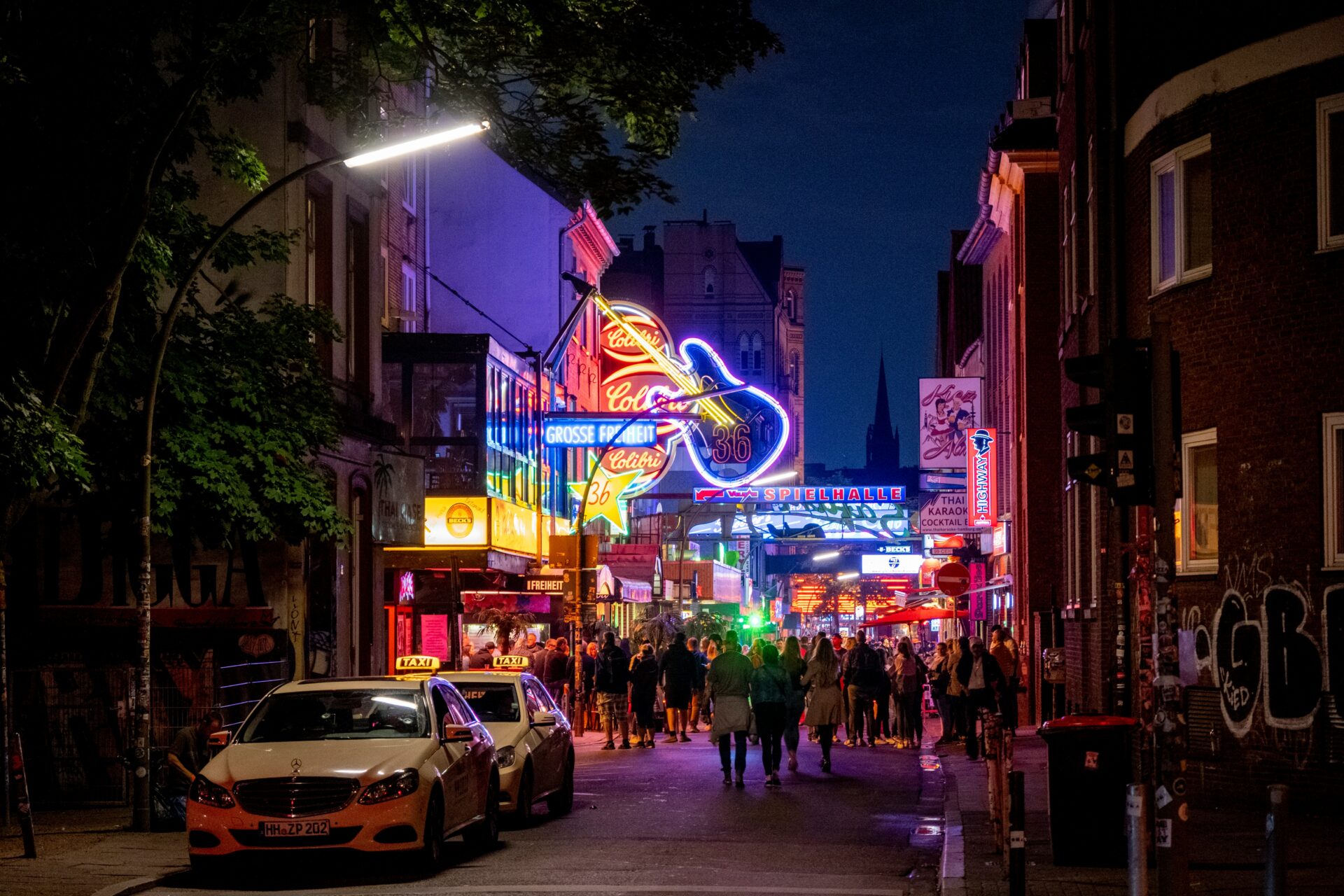
The Fish Market and Morning Traditions
The Fish Market is a Hamburg tradition that gets me up before sunrise. Every Sunday, vendors line the harbor, selling fresh seafood, flowers, and baked treats.
The market sits in St. Pauli, close to the Elbe. Music spills from the historic Fish Auction Hall.
Early risers mingle with night owls finishing up, sharing breakfast or a hot cup of coffee. I love the energy as the city wakes up—the mix of shoppers, tourists, and partygoers just feels so honest.
This tradition has lasted for centuries, showing off Hamburg’s deep connection to the water and maritime trade.
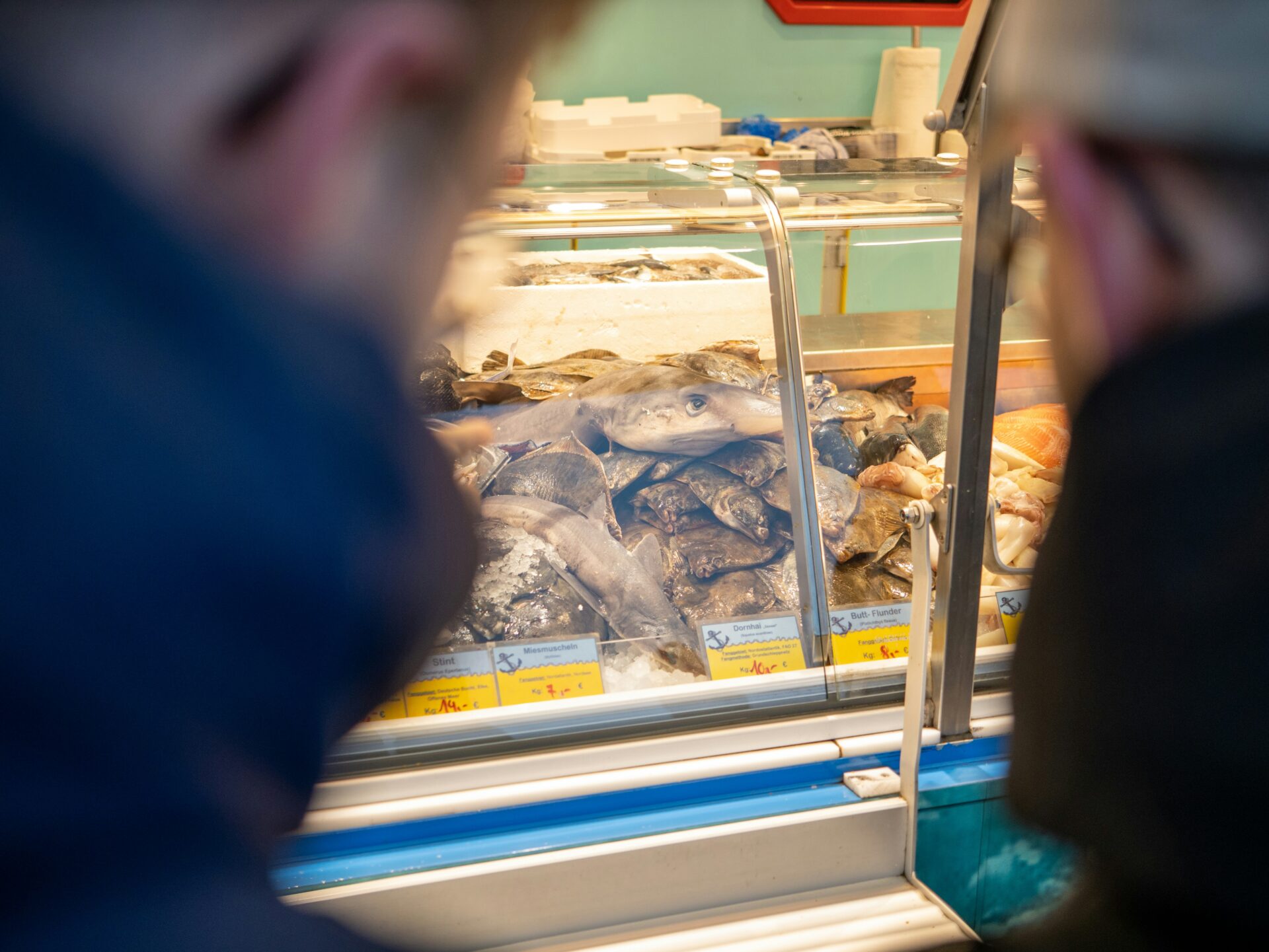
Michel and Historic Churches
Hamburg’s spiritual and architectural heart beats at St. Michael’s Church, or “Michel.” This Baroque landmark has guided sailors home for generations.
The clock tower rises almost 132 meters, giving sweeping views of the city and port. Inside, the bright white interior and grand organ create a peaceful atmosphere.
Michel often hosts classical concerts, adding to its cultural pull. Nearby, I find other historic churches—St. Nikolai and St. Petri—each telling a piece of Hamburg’s story.
Walking these streets, I sense the city’s respect for tradition and openness to new ideas.
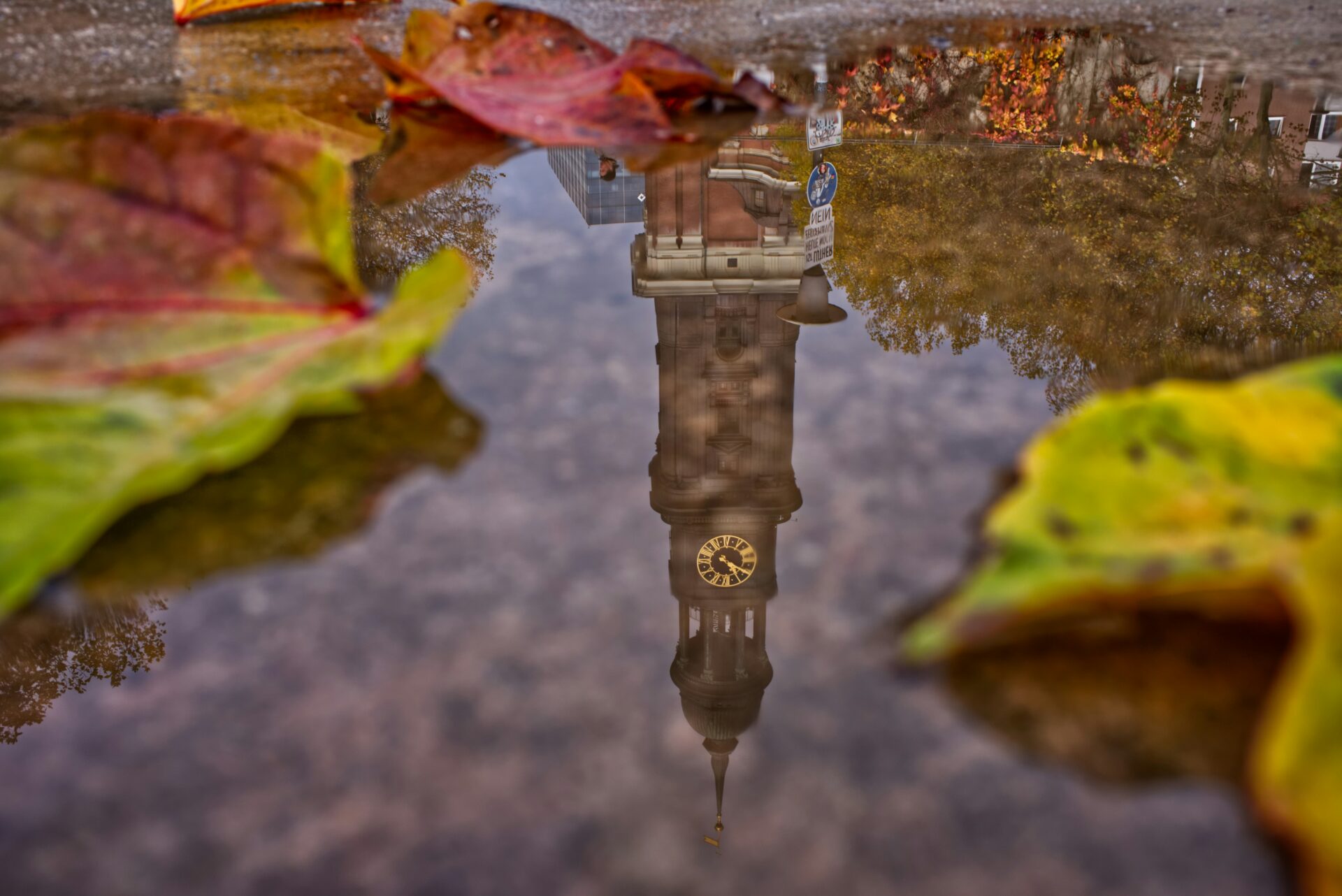
Vibrant Cultural Scene in Planten un Blomen Area
Planten un Blomen park is so much more than just gardens. I stumble upon open-air concerts, water light shows, and family events from spring through fall.
Well-marked paths wind past rose gardens, greenhouses, and grassy lawns perfect for relaxing. Just beyond the trees, museums and theaters wait—including the Hamburg State Opera.
Art and culture feel close at hand, and I enjoy grabbing a table at a café terrace. Students, artists, and families all gather here, making the area a real hub for leisure and creativity.
The Japanese Garden and tropical greenhouse nearby show off Hamburg’s global ties and love for outdoor beauty.
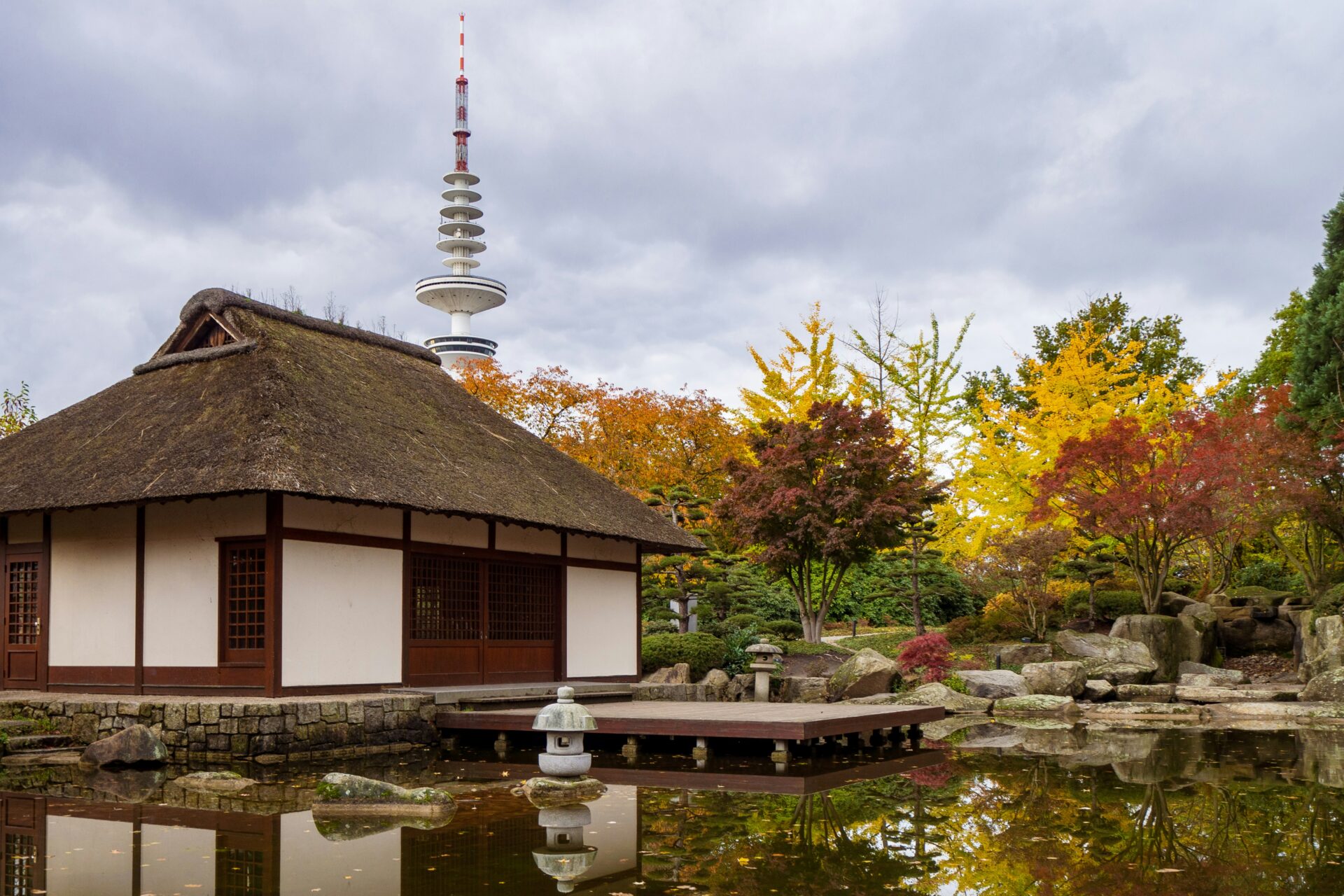
Waterways, Boat Tours, and Nature Within the City
Hamburg’s connection to water shapes so much of city life. As I explored, I found lively boat tours, quiet lakes, and realized the city stretches all the way to the North Sea.
Canal and Boat Tour Experiences
I kicked things off with a boat tour through Hamburg’s canals and the busy port. There are plenty of tour options.
Some focus on the old Speicherstadt warehouse district and its brick facades, while others head past giant container ships, cranes, and shipyards, giving a real sense of Hamburg as a working harbor.
Most tours offer commentary in English and German, so it’s easy for visitors to follow along. Many boats are part of the city’s public transport network, which makes exploring by water simple and affordable.
Seeing the city from the water changed my perspective. The views open up in ways you just don’t get on foot, and you really feel how the city’s heart beats with the harbor.
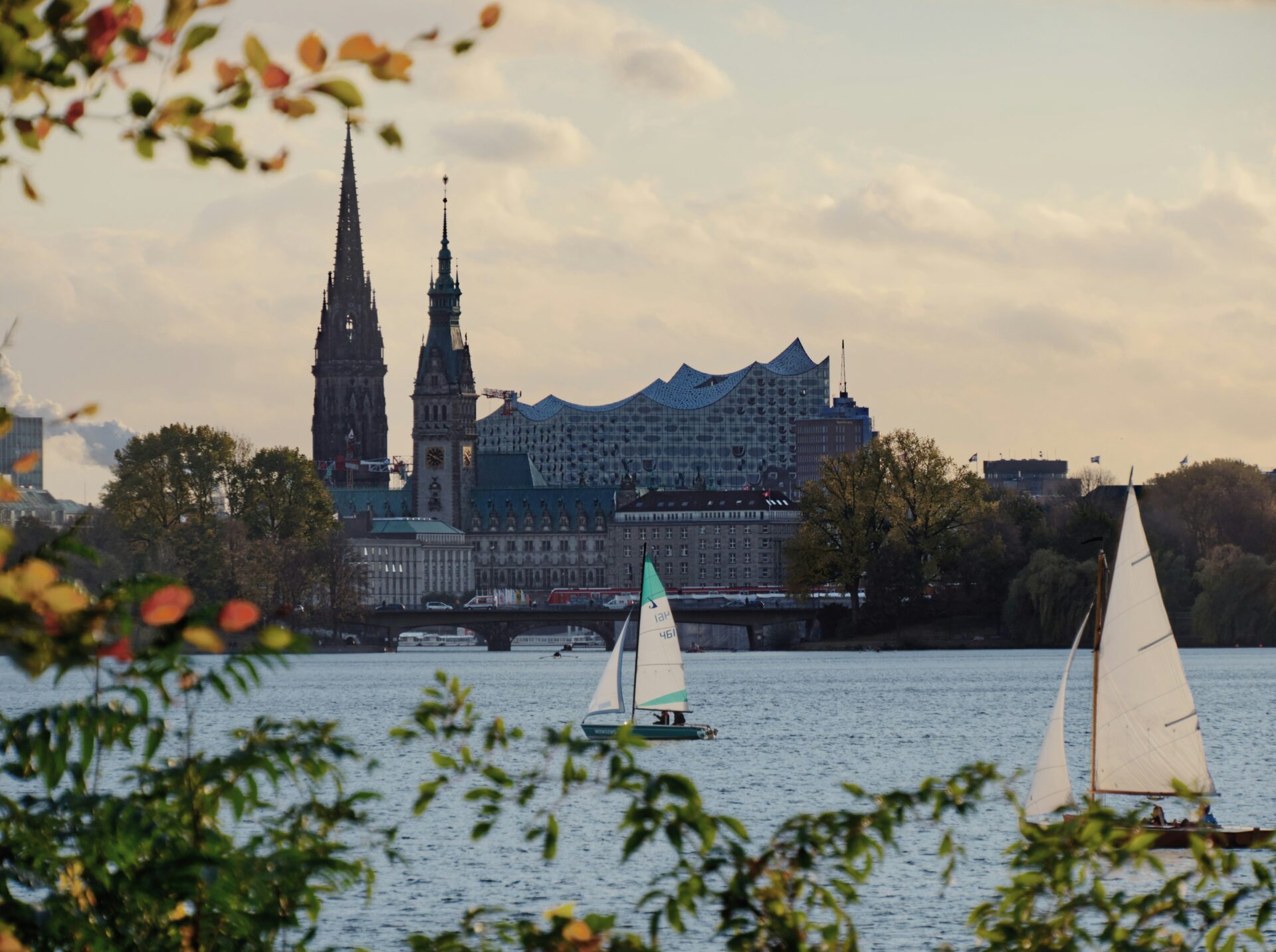
Alster Lakes and Urban Nature
The Alster Lakes are hands-down one of my favorite places in Hamburg for enjoying nature right in the middle of the city.
The Binnenalster (Inner Alster) and Außenalster (Outer Alster) are lined with parks, trails, and quiet spots to unwind. Locals and visitors walk, cycle, or jog along the shores.
You can rent small boats and pedalos, or take a gentle cruise across the lake. Swans, ducks, and cormorants often drift by.
Even in the busy city center, these lakes feel surprisingly peaceful. Urban parks like Planten un Blomen and green paths along the canals tie everything together, making it easy to soak up nature without ever leaving the city.

Connecting to the North Sea
Hamburg sits on the River Elbe, and honestly, the river shapes almost everything about this city. The Elbe cuts right through Hamburg and winds its way out to the North Sea, about 100 kilometers downstream. On boat rides, I watched ships from all over the world chug upriver to Hamburg’s sprawling port—there’s something mesmerizing about that steady parade of vessels.
Ferries also crisscross the Elbe as part of the city’s public transport. I hopped on these to reach suburbs, docks, and sometimes even little city beaches. For a bit of maritime atmosphere, I’d catch the ferry to Övelgönne, stroll along the sandy riverbank, and just watch the ships glide out toward open water.
This direct line to the North Sea really gives Hamburg its “Gateway to the World” nickname. There’s always movement, always a sense that the city’s connected to something bigger.

Culinary Delights: From Labskaus to Franzbrötchen
Hamburg’s food scene is a tasty blend of seafaring tradition and global flavors. I found hearty local dishes, seafood everywhere, and bakeries that seem to lure you in with the smell alone.
Must-Try Hamburg Culinary Specialties
My first adventure was Labskaus. It’s a dish sailors once loved—corned beef, mashed potatoes, beetroot, usually topped with a fried egg and pickled herring. Sounds odd, right? But it’s salty, earthy, and surprisingly comforting. I didn’t expect to like it, but it grew on me.
Then there’s Aalsuppe, or “eel soup.” Despite the name, it doesn’t always contain eel. The real star is a sweet and sour broth with veggies, bits of smoked meat, and sometimes dried plums. When you do get eel in it, it’s mild and tender—a nice surprise.
Hamburg’s culinary scene mixes old northern German recipes with flavors from around the globe. In many local restaurants, you’ll spot both classic dishes and new twists inspired by the port’s international vibe.

Seafood Traditions and Fischbrötchen
Being a port city, Hamburg’s all about the seafood. The go-to snack? Definitely the Fischbrötchen—a fresh roll packed with fish. Fillings range from herring and matjes to fried fish, usually with onions and pickles for a little zing.
At the early-morning Fish Market by the Elbe, I sampled different Fischbrötchen while soaking up the lively chaos. Vendors shouted their offers and locals grabbed a roll and coffee before work. It’s loud and a bit wild, but in the best way.
Smoked fish, especially eel, pops up everywhere. On chilly days, I’d duck into a local spot for a smoked fillet or a steaming seafood stew.

Classic Cafés and Local Treats
Hamburg’s bakeries and cafés are a dream for anyone with a sweet tooth. The Franzbrötchen stole my heart. Picture a cinnamon-swirled, buttery roll—kind of like a squashed croissant. It’s perfect with strong coffee, and most cafés stack them high every morning.
Other treats? Simple apple cakes, marzipan bites, and savory cheese rolls. Cafés here move at a relaxed pace, so it’s easy to linger, people-watch, and unwind after wandering the canals or old warehouse streets.
Here’s a quick look at some must-try treats:
| Dish/Treat | What it is | Where to Try |
|---|---|---|
| Labskaus | Beef, potatoes, beet, herring | Traditional taverns |
| Aalsuppe | Vegetable and meat soup, sometimes eel | Local restaurants |
| Fischbrötchen | Fish roll sandwich | Fish Market stands |
| Franzbrötchen | Cinnamon pastry | City bakeries/cafés |
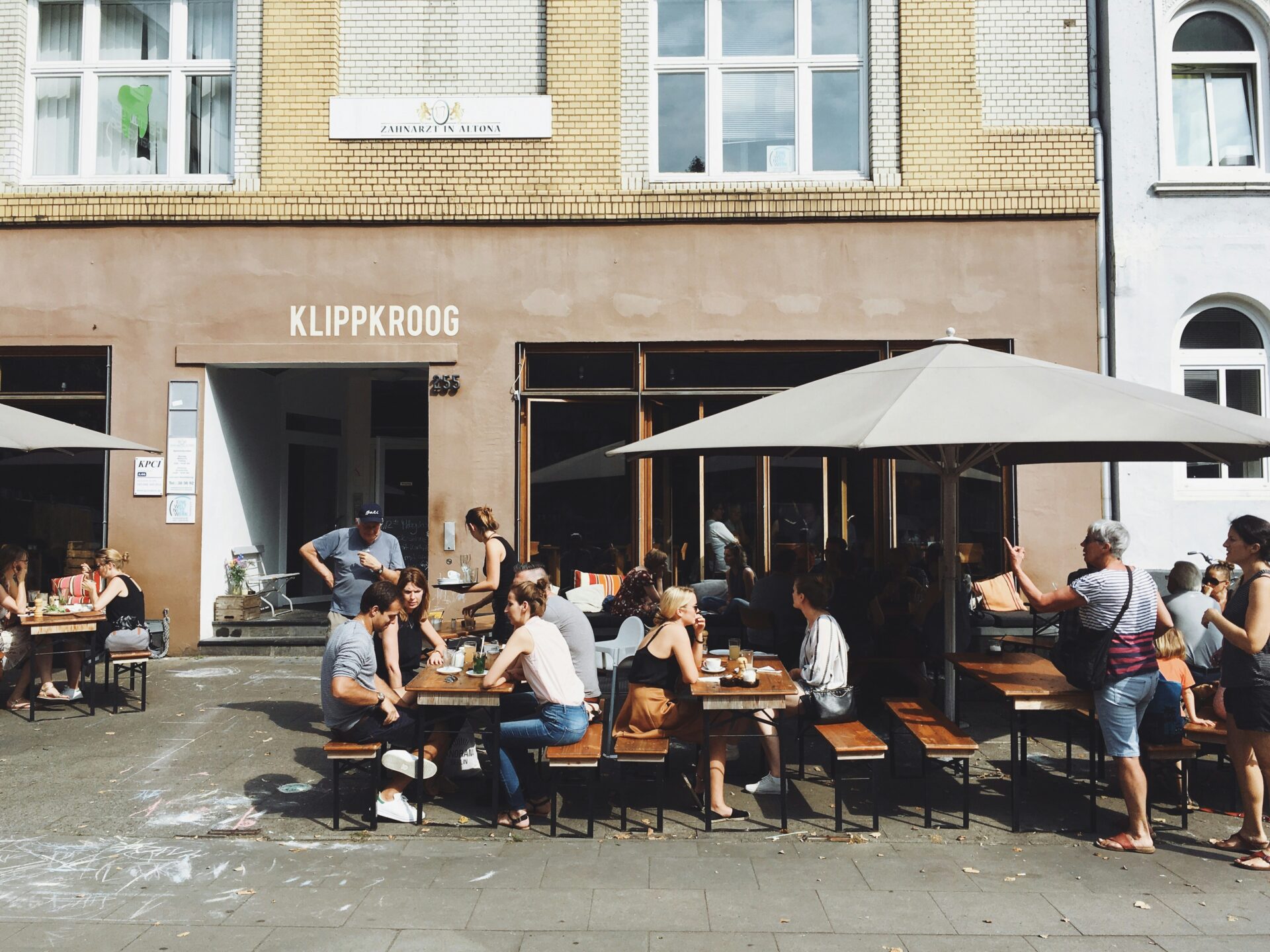
Getting Around and Experiencing Hamburg
Moving through Hamburg feels easy, almost effortless. The public transport system works well, and the Hamburg Card for tourists really helps. The city’s canals and harbor add a layer of adventure to sightseeing—there’s always a ship or two in the background.
Public Transport and the Hamburg Card
Getting around Hamburg? Honestly, it’s simple. The network covers buses, U-Bahn (underground), S-Bahn (suburban trains), and ferries crossing the Elbe. Most attractions link up smoothly, so I hardly ever needed a car.
I picked up a Hamburg Card, which meant unlimited rides on public transport. It also got me discounts at museums, on harbor boat tours, and even in some restaurants. For anyone staying more than a day, I’d say it’s worth it.
Stations show clear signs in both German and English. Timetables run on time, and ticket machines are straightforward. If you want to go at your own pace, you can rent a city bike or just hop on a ferry for a different view of the harbor.
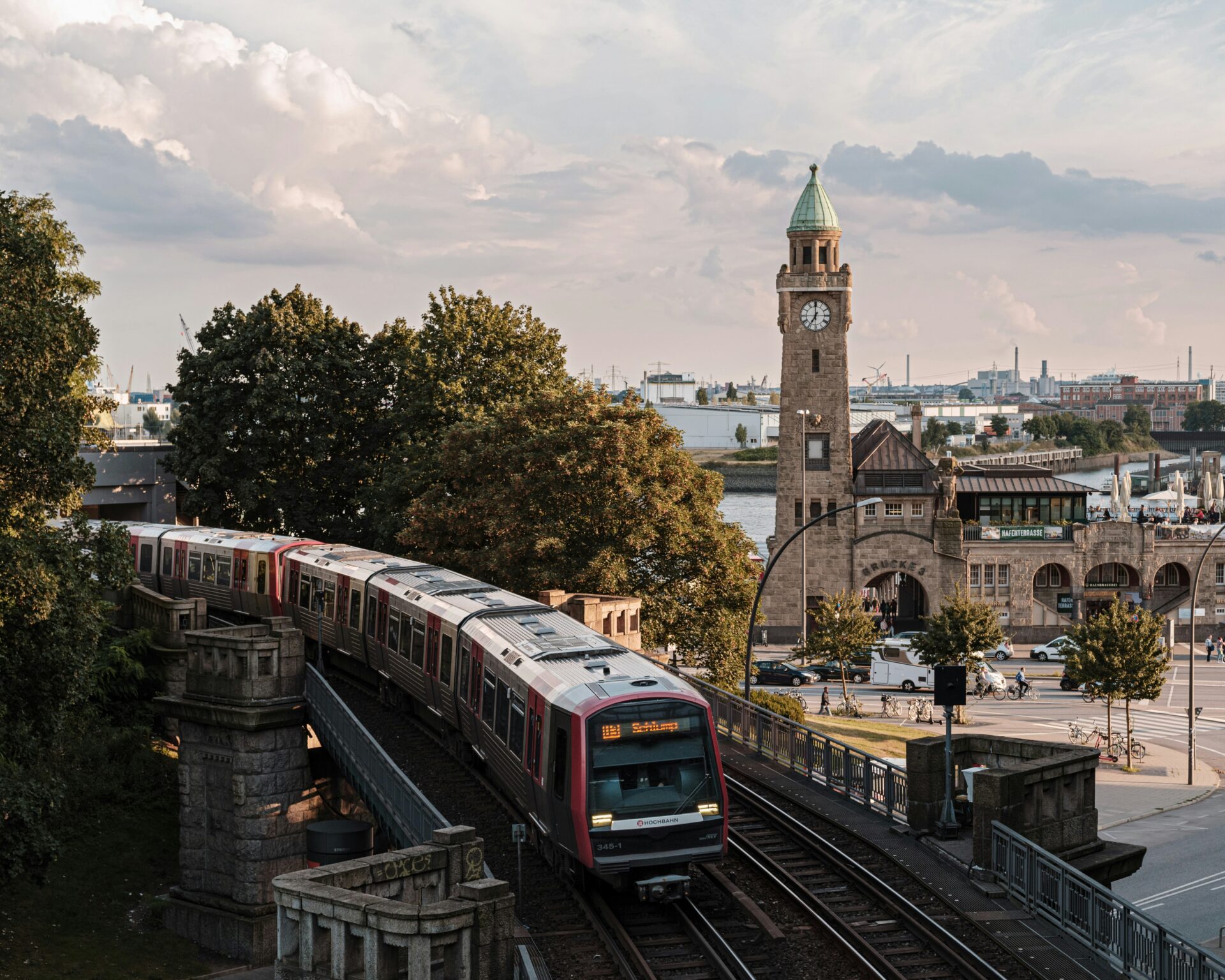
Tips for Sightseeing and Must-See Attractions
I started at the historic Speicherstadt, the world’s largest warehouse district. Wandering along the canals and red-brick buildings really brought Hamburg’s shipping history to life. The Elbphilharmonie, that futuristic concert hall with river views, is impossible to miss.
A few places I wouldn’t skip:
- Miniatur Wunderland: The world’s biggest model railway—seriously, it’s wild.
- St. Michael’s Church (Michel): A baroque church with sweeping city views from the tower.
- Planten un Blomen: A city park with gardens and water features, perfect for a breather.
If you want a new perspective, try a harbor boat tour. You’ll pass towering container ships and get a peek at the busy port in action.
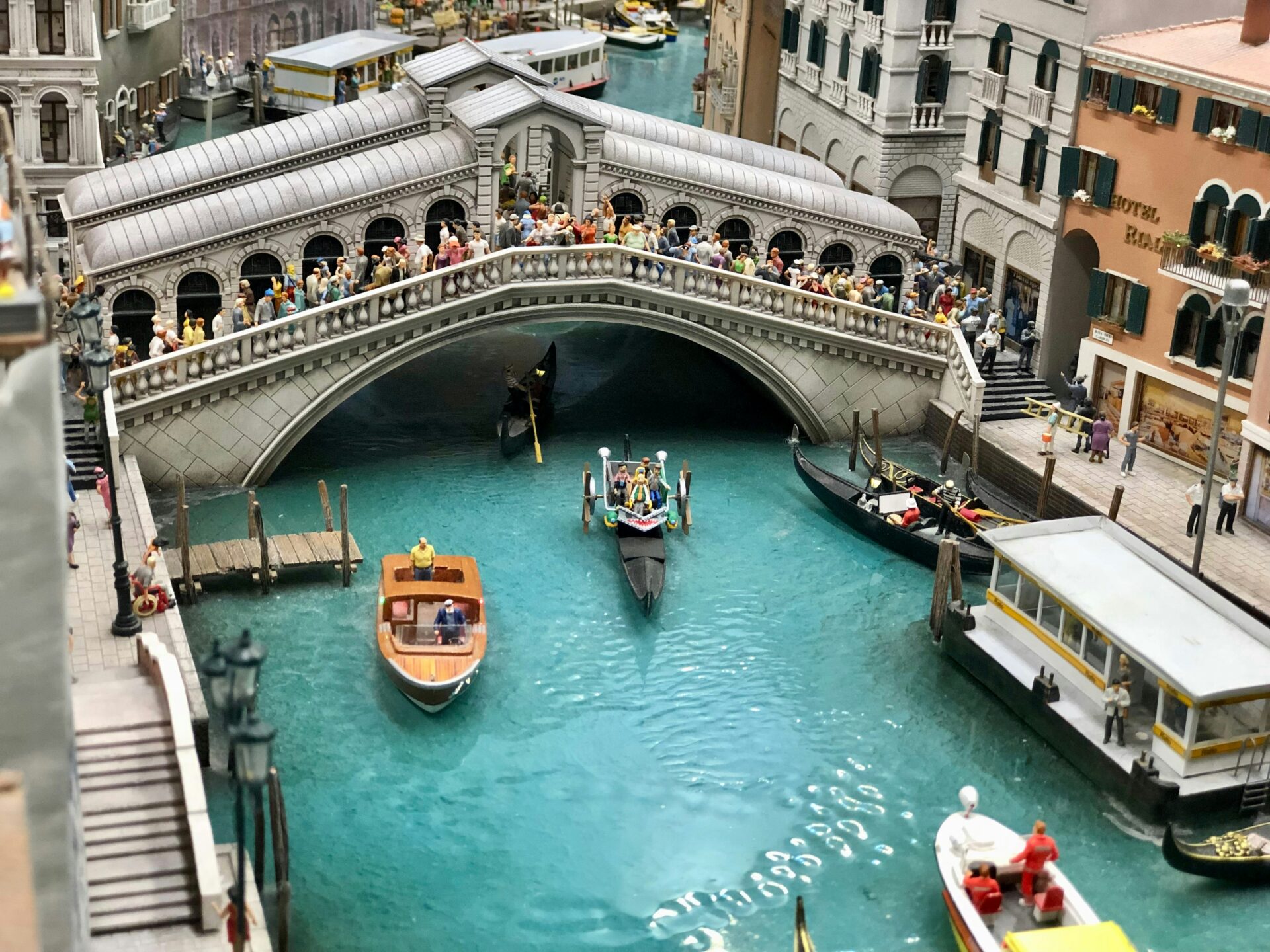
International Maritime Museum Visit
In Speicherstadt, the International Maritime Museum stands tall—nine floors packed with 3,000 years of maritime history. I wandered through ancient maps, ship models, and artifacts that tell Hamburg’s story with the sea.
Interactive displays pulled me in. I figured out how container shipping works, checked out real life jackets, and handled old navigational gear. The collection is massive, so I spent a couple of hours there and still felt like I barely scratched the surface.
Before heading out, I browsed the museum shop for maritime souvenirs. The staff knew their stuff and answered all my questions about Hamburg’s port and the exhibits.
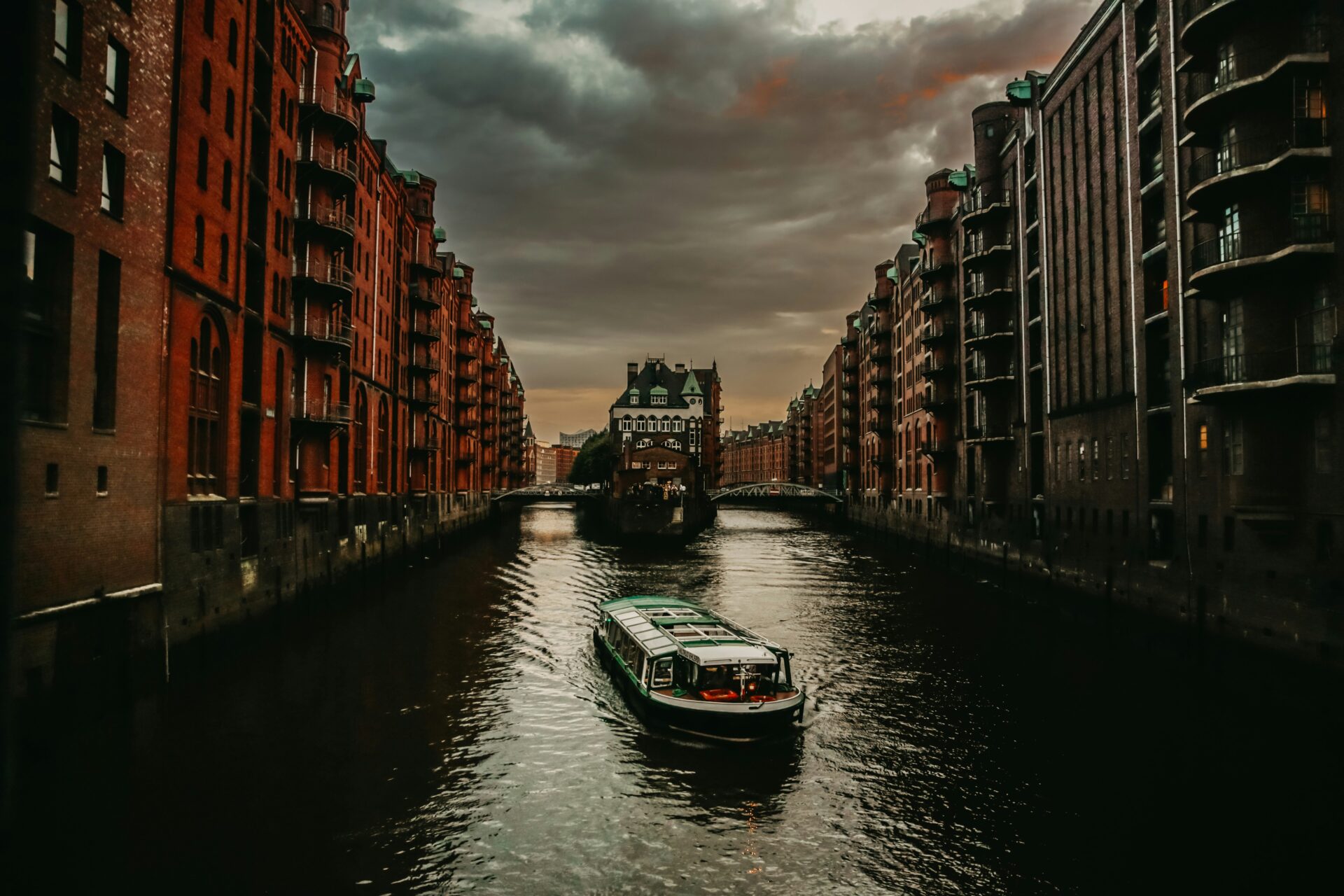
Container Ships and the Working Port
Hamburg’s port really blew me away. It’s the third largest in Europe, and honestly, I didn’t expect to feel so tiny watching those massive container ships glide along the Elbe River.
You can’t help but notice the cranes towering overhead, the docks buzzing with energy, and workers hustling as they load and unload cargo. There’s this constant sense of movement—something’s always happening.
If you want the best view, hop on the ferry from Landungsbrücken like I did. Cruising along the water, you get a front-row seat to the daily rhythm of the harbor. Some folks prefer guided tours, and I spotted a few running on old tugboats—those take you right up close to the action.
Here’s what stood out to me at the working port:
- Huge container ships from all corners of the world
- Port workers expertly guiding cranes and trucks
- Old warehouse buildings sitting right beside sleek, modern terminals
Hamburg’s harbor isn’t just a pretty backdrop. It’s alive—a gritty, beating heart that really defines the city’s maritime vibe.

